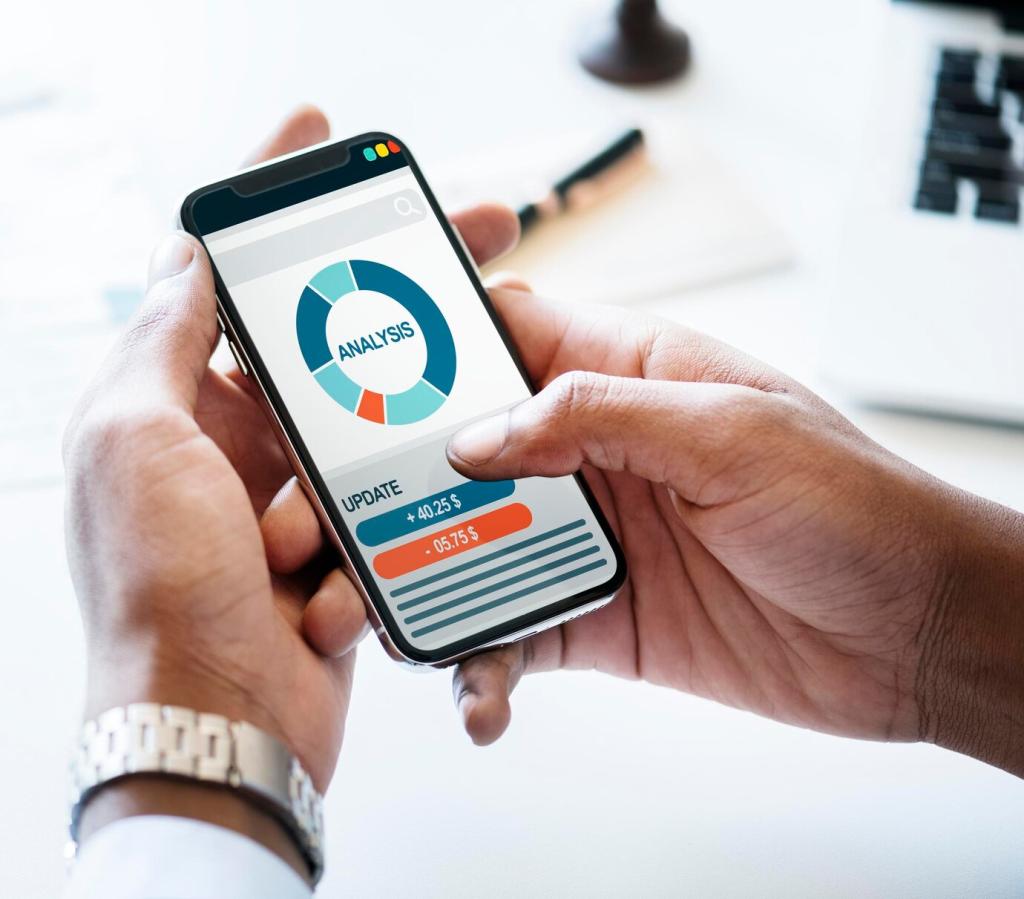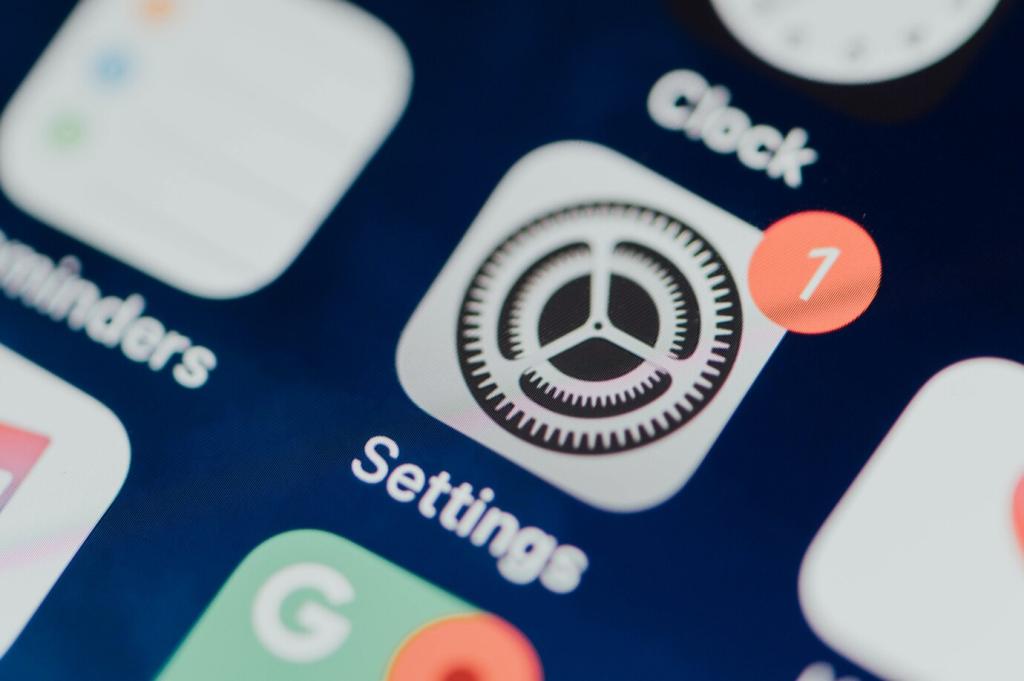On-Page SEO for App Landing Pages
Use clear H1, H2, and H3 structure that echoes priority keywords, then write supportive paragraphs that answer likely questions immediately. Short sentences, meaningful subheads, and relevant internal links reduce confusion and sustain engagement.
On-Page SEO for App Landing Pages
Fast pages win more reads and sign-ups. Compress images, lazy-load noncritical content, and surface the value proposition above the fold. Faster load plus focused copy reduces abandonment and signals quality to search engines.
On-Page SEO for App Landing Pages
Add structured data for software apps and place deep links to specific features. This helps crawlers understand your app’s scope and guides users directly into value, improving both relevance and post-click satisfaction metrics.
On-Page SEO for App Landing Pages
Lorem ipsum dolor sit amet, consectetur adipiscing elit. Ut elit tellus, luctus nec ullamcorper mattis, pulvinar dapibus leo.



